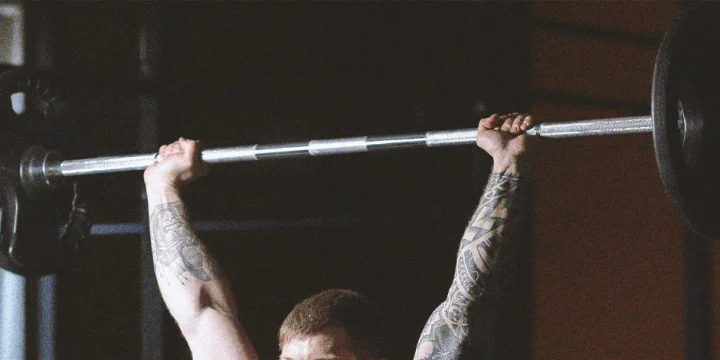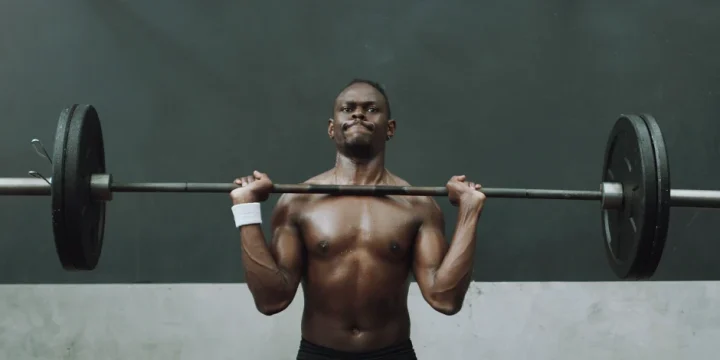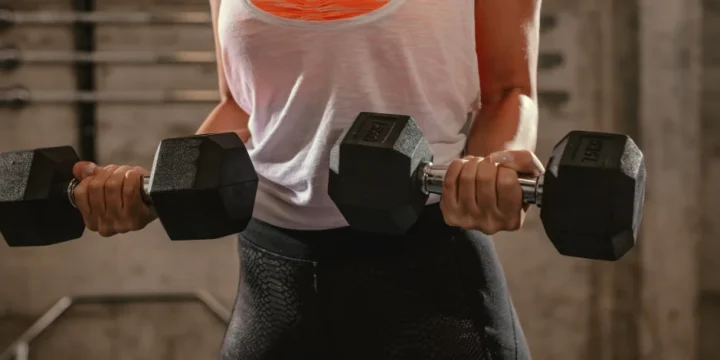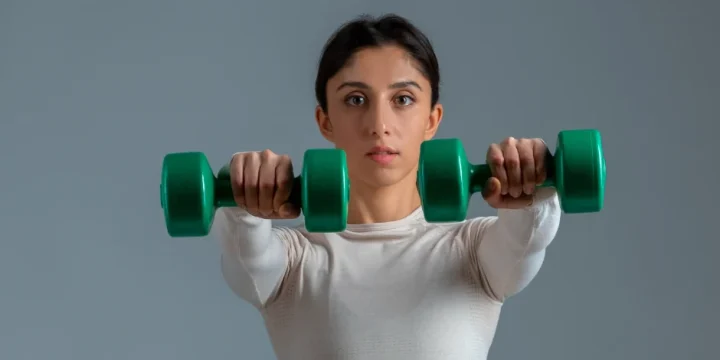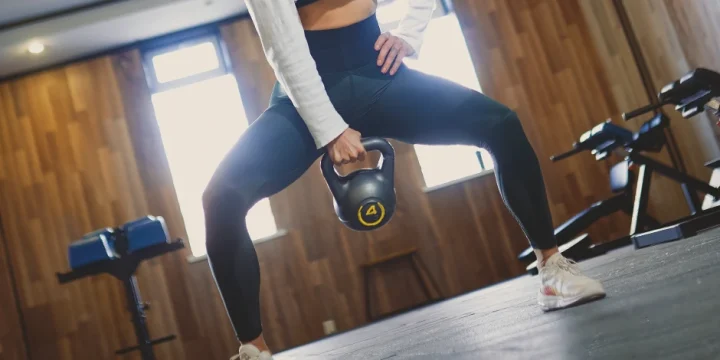The glute ham raise exercise is highly effective for the posterior chain.
Our firsthand experience and practical knowledge of this exercise highlight its ability to strengthen key muscle groups, including the hamstrings, lower back, and gluteus maximus.
After conducting experiments, our findings show that incorporating them into your workout routine can improve athletic performance, reduce injury risk, and result in a more balanced and toned physique.
Quick Summary
- Glute ham raises strengthen key muscle groups (gluteus maximus, hamstrings, lower back) for improved athletic performance, power, speed, and a toned appearance.
- This exercise reduces injury risk and corrects postural imbalances through balanced muscle development.
- Research Gate study reveals that regular glute ham raise practice reduces the risk of lower back injuries, emphasizing its role in promoting a balanced posterior chain.
- From my coaching experience, incorporating glute ham raise variations, like the band-assisted version, has consistently proven effective for clients, especially beginners, fostering gradual strength development and improved form.
Glute Ham Raise Variations to Try

In my coaching experience, I've found the glute ham raise to be incredibly adaptable. My clients have used it to improve aspects of their lower body strength.
Band-Assisted Glute Ham Raise
The band-assisted variation uses a quality home gym resistance band to provide support during the movement.
It’s ideal for beginners or those looking to improve their form.
This assistance helps you focus on gradually building strength in your glutes and hamstrings.
Stiff Leg Deadlift
The stiff leg deadlift is a compound exercise that promotes lower body strength. It targets the hamstrings and glutes.
You can improve your posterior chain strength and muscle definition using this variation.
Hip Thrusts
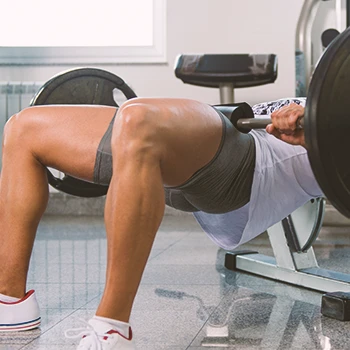
Hip thrusts help develop power and explosiveness in the lower body.
Incorporating them into your routine will complement the glute ham raise and enhance overall glute and hamstring development.
Read more: Best Hip Thrust Machine: Grow Your Glutes
Kettlebell Swings
Kettlebell swings engage the posterior chain while challenging the core and upper body.
This dynamic full-body exercise is an excellent addition to your routine, working synergistically with the glute ham raise to improve overall lower-body strength and athleticism.
Also read: Will Kettlebell Swings Burn Belly Fat: What You Need to Know
Isometric Hold Glute Ham Raise
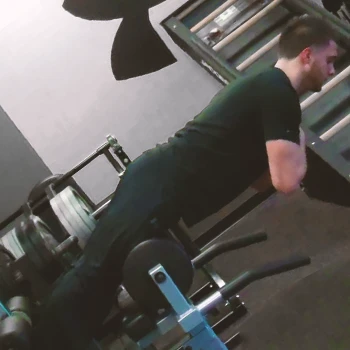
Isometric holds with glute ham raise trains help increase time under tension and muscle activation.
Hold the position briefly before lowering at the movement's top.
This will engage your glutes and hamstrings throughout.
Eccentric-Focused Glute Ham Raise
According to studies published by Research Gate, the eccentric-focused glute ham raise focuses on control and muscle engagement during the lowering phase [1].
“Applying an optimal training stimulus within the development of young athletes is crucial for developing adequate movement patterns throughout their maturation and improving their athletic performance.”
- Raouf Hammami
In my experience working with athletes, slowing down the descent in the eccentric-focused glute ham raise has yielded impressive results.
It promotes strength gains and improves muscle definition.
Bodyweight Glute Ham Raise
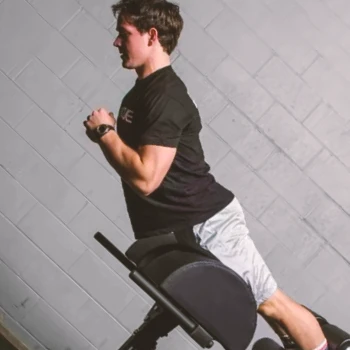
The bodyweight glute ham raise allows you to focus on form and technique without added resistance.
This variation is perfect for beginners or those looking to master the movement before progressing to more advanced versions.
Weighted Glute Ham Raise
Increase the challenge by holding a weight plate or dumbbell across your chest.
This added resistance will push your glutes and hamstrings to work harder, increasing strength and muscle growth.
Nordic Hamstring Curl
The Nordic curl isolates the hamstrings and requires significant control and balance.
This is a bodyweight exercise and glute ham raise alternative that will help you build hamstring strength and stability that you can use in other exercises and daily activities.
Related: 7 Best Hamstring Exercises
Glute Ham Raise Routine

The glute ham raise is a targeted strength exercise focusing on developing the posterior chain muscles, such as the glutes, hamstrings, and lower back.
It involves raising the torso against resistance while hinging at the hips and knees.
Drawing from my years as a fitness coach, I always advise starting at a comfortable pace and gradually increasing intensity.
This approach encourages consistent, safe progress for all fitness levels. I also recommend adding it to your leg day or full-body workout.
Here's a simple yet effective GHR routine to help you get started:
Warm-Up
Start with a 10-minute warm-up routine to prepare your body for the exercise. It could include low-intensity cardio, such as jogging, skipping, or cycling.
Exercise Routine
- Bodyweight Squats: 2 sets of 15 reps
- Glute Ham Raises: 3 sets of 8-10 reps
- Superset Glute Ham Raises with Hip Thrusts: 3 sets of 10 reps each
- Stability Ball Hamstring Curls: 3 sets of 15 reps
Cool Down
End your routine with a cool-down session. Stretch your hamstrings, glutes, and lower back to aid recovery and flexibility. Hold each stretch for 20-30 seconds.
How to Do Glute Ham Raises Properly?

- Position yourself on a glute ham raise machine or glute ham developer bench with your feet secured and your thighs resting on the pad.
- Initiate the exercise with your torso upright and parallel to the floor, ensuring your spine is neutral, and your core muscles are activated.
- Lower your body forward by bending at the hips and maintain a straight back as you descend.
- Bend your knees, engaging hamstrings and glutes to pull your body back to the starting position.
- Repeat until you complete the set.
Glute Ham Raise Muscles Trained
The primary muscles trained in the glute ham raise are the gluteus maximus, hamstrings, and lower back (erector spinae).
Comparatively, this exercise offers a more targeted approach than squats or deadlifts, focusing intensely on these key areas for a balanced lower body development.
In addition, the exercise also engages the calf muscles and challenges the core, making it a well-rounded lower-body workout.
Glute Ham Raise Mistakes

Improper execution when training glute ham raises can lead to injury and hinder your body`s development.
I’ve gathered common mistakes people make in commercial gyms that you should avoid.
Using the Glute Ham Raise Machine Wrong
Poor form and technique during exercises may cause injuries, muscle imbalances, and reduced performance.
Focus on correct body positioning, controlled movements, and appropriate progression. Perform the starting position before launching correctly and seek guidance from trainers or reliable resources to ensure safe and effective exercise execution.
Keeping Your Back Flat
A flat back during the GHR places undue stress on your lower back and limits your glutes and hamstrings activation.
Instead, maintain a neutral spine throughout the movement, engage your core, and slightly extend your hips at the top.
Flexing Your Hips
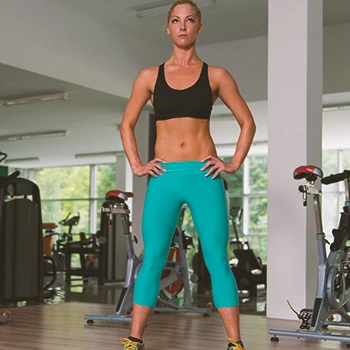
Excessive hip flexion during the GHR reduces the effectiveness of the exercise and leads to improper muscle activation.
Focus on keeping your hips slightly extended and your glutes engaged throughout the entire range of motion to maximize the exercise benefits.
Untiming Stopping
Stopping or pausing at the wrong point in the GHR causes muscle strain and hinders your progress.
Ensure a smooth, controlled motion by maintaining constant tension on your glutes and hamstrings.
Avoid resting at the top or bottom of the movement.
Benefits of Doing the Glute Ham Developer

According to Research Gate studies, this versatile exercise targets multiple muscle groups and offers many advantages for males and females looking to improve their wellness [2].
Here's a list of the key benefits you'll enjoy when implementing the GHD:
Less Lower Back Injuries
Through my coaching journey, I've observed firsthand how the GHD effectively prevents lower back injuries. Many of my clients have experienced a significant reduction in back pain and improved posture after regularly incorporating this exercise into their routines.
Glute ham raises promote a balanced posterior chain, which is crucial for maintaining proper spinal alignment and avoiding undue stress on the lumbar region.
Moreover, it's increasingly used in rehabilitation programs for athletes, aiding in the recovery from lower body injuries by promoting balanced muscle development and reducing stress on vulnerable areas
Increases Sprint and Vertical Jump
The GHD targets the muscles responsible for generating this force, enabling you to improve your sprint speed and vertical leap, as per studies published by Research Gate [3].
Better Entire Body Mobility
The GHD enhances overall mobility and promotes flexibility in your hips, hamstrings, and lower back.
This increased range of motion allows you to perform daily tasks and athletic movements more efficiently and with greater ease.
Increases Core Strength
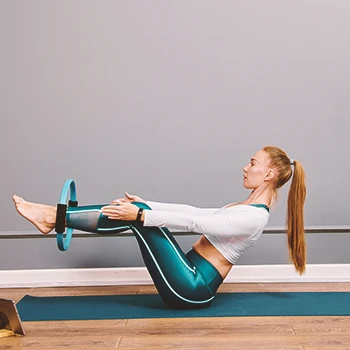
The GHD engages your core muscles throughout the movement, improving core stability and strength.
This is essential for maintaining balance, supporting your spine, and enhancing your overall athletic performance.
Helps with Spinal Stress
The GHD alleviates spinal stress and reduces the risk of injury by targeting the muscles located there.
This exercise also helps with proper spinal alignment, further protecting your spine and helping you maintain a healthy, pain-free back.
Exercise Program Tips

Consider these program tips to help you make the most of the glute ham raise exercise and maximize your results:
- Prioritize Form and Technique: Focus on mastering the proper form and technique before adding weight or progressing to more challenging variations. This will ensure you're effectively targeting the intended muscles while minimizing the risk of injury.
- Warm-up and Stretch: Incorporate dynamic stretches and light warm-ups to prepare your body for leg workouts. Target the glutes, hamstrings, and lower back. This will help enhance your performance and reduce the likelihood of strains or pulled muscles.
- Progress Gradually: Progress gradually in intensity, volume, and complexity. Avoid the temptation to rush through progressions or increase weight too quickly, which may hinder your progress and increase the risk of injury.
- Mix and Match Variations: Incorporate multiple glute ham raise alternatives into your routine. Keep it fresh and challenging. This will prevent plateaus, ensure continuous progress, and target your lower body strength.
- Integrate Supporting Exercises: Include complementary exercises that target the posterior chain, core, and lower body muscles to optimize GHR benefits. This will help create a well-rounded workout program and enhance overall performance.
Additionally, align your nutritional intake to support muscle growth and recovery, focusing on protein-rich foods and adequate hydration, especially post-workout.
Related posts:
FAQs
Can I Train Glute Ham Raises Without a Machine?
Yes, you can train glute ham raises without a machine. You can perform it using alternative methods like partner-assisted GHR and Nordic curls. Both options target glutes, hamstrings, and lower back muscles.
What is the Proper Technique to Exercise the Hamstrings?
The proper technique to exercise hamstrings involves keeping the back straight, engaging the core, and controlling movements. Ensure full hamstring muscle activation.
What is the Best Glute Ham Raises Variation?
The best glute ham raises variation depending on your goals and fitness level. The traditional GHR is an excellent starting point for most, but you can also explore variations such as weighted GHR, single-leg GHR, or GHR with a band for added resistance.
References:
- https://www.researchgate.net/publication/276262191
- https://www.researchgate.net/publication/343609955
- https://www.researchgate.net/publication/357009464
About The Author
You May Also Like
